P
pack
One of the base-ten pieces that is often used to represent 1000.
(See also base-ten pieces.)
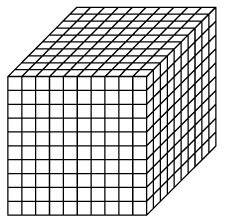
pages 108–115, 459–460, 467
parallel
Two lines are parallel if they extend in the same direction. Parallel lines, just like parallel streets, stay the same distance apart and never meet.
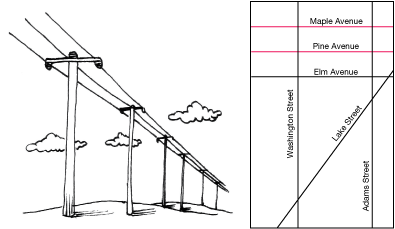
pages 375–377
parallelogram
A quadrilateral with two pairs of parallel sides.

pages 410, 419–421
parentheses
Parentheses show that the calculations inside the parentheses should be done first. Here the parentheses say to subtract first:
(6 − 2) 3 = ?
4 × 3 = 12
pages 91, 255–256
partial product
A product of one digit of each of the numbers of a multidigit multiplication problem.

pages 159, 281, 285, 491, 492–497, 501, 504–507
partial quotient (division method)
A method of division using estimation.
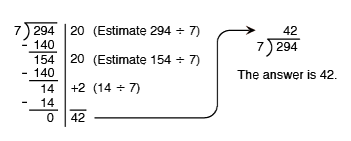
pages 546–552
partition
To divide a number into parts.

pages 113, 227, 491
partitive measurement
Counting or measuring the number of times you can subtract the divisor from the whole group. Also called equal grouping (e.g., a basket has 32 apples. How many apples will go into 8 bags if they are divided evenly?).
pentagon
A five-sided polygon.

page 417
perimeter
The distance around a two-dimensional shape.
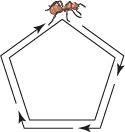
pages 52–53, 54–60, 61–62, 63–64
period
A group of three places in a large number, starting on the right, often separated by commas, is called a period.

pages 220–221, 230
perpendicular
Perpendicular lines are lines that meet at right angles.
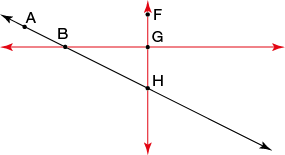
pages 375–377, 421
place value
The value of a digit in a number depends upon where it is placed. For example, the 2 in 329 stands for 2 tens but the 2 in 7293 is 2 hundreds.
pages 115, 138, 213–246, 459, 463, 468
place value chart
A chart that shows the ones, thousands, and millions places for students to write numbers.

pages 220–223, 459, 463, 468
point
An exact position in the plane or in space.
pages 23, 28–29, 36–37, 39–41,48–49, 57, 165–168, 187–190, 195, 200–202, 225, 248–249, 320, 373–377, 380–381, 440–443
point graph
A graph that represents data as points and is used to represent data when both of the variables to be graphed are numerical.
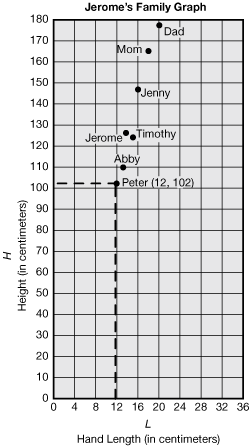
pages 23, 28–29, 36–37, 39–41, 48–49, 57, 165–168, 187–190, 195, 200–202, 225, 248–249, 476, 574–576
polygon
A two-dimensional connected figure made of line-segments in which each endpoint of every side meets with an endpoint of exactly one other side.

pages 396–404, 406, 408–411, 415, 422–424, 425–427, 437, 439
polyhedron
A connected geometric solid whose surface is made of polygons.
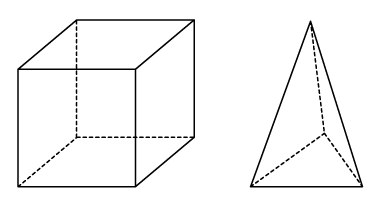
population
A collection of persons or things whose properties will be analyzed in a survey or experiment.
positive number
A number greater than zero; a number to the right of zero on a horizontal number line.
pound
A unit for measuring mass equal to 16 ounces or about 450 grams.
pages 154, 273, 336, 340, 571
powers
The number of times a number is multiplied by itself. For example, 2 multiplied by itself a certain number of times. 21 = 2, 23 = 2 × 2 × 2 = 8, etc.
pages 69, 94, 225, 229
prediction
Using data to declare or foretell what is likely to occur.
pages 17–18, 28–29, 32, 38, 40–41, 42–43, 47, 164–168, 169, 172, 174, 184–190, 195–197, 201, 204, 206, 225, 248–249, 258, 259–261, 263, 475, 477, 479, 558–559, 560–561, 563–565, 573–575
prime factor
A factor of a number that is itself prime (e.g., 2 and 3 are prime factors of 6). (See also prime factorization.)
pages 97–100
prime factorization
Finding which prime numbers can be multiplied together to produce a number (e.g., the prime factorization of 12 is 2 2 3).
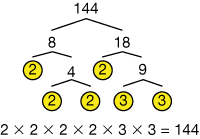
pages 97–100
prime number
A number that has exactly two factors, itself and 1. For example, 7 has exactly two distinct factors, 1 and 7.
pages 68–69, 81, 97–100
product
The answer to a multiplication problem. In the problem 3 × 4 = 12, 12 is the product.
pages 77, 84–85, 86–87, 92, 97–98, 101–102, 103–105, 158–160, 264–270, 353, 491, 492–497, 501–507
property
An attribute or characteristic of a shape that helps identify it.
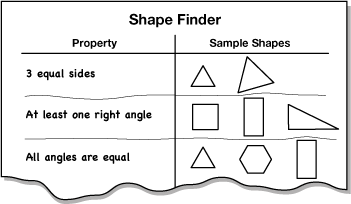
pages 265, 419–421
protractor
An instrument used to draw and measure angles.

pages 385–392










